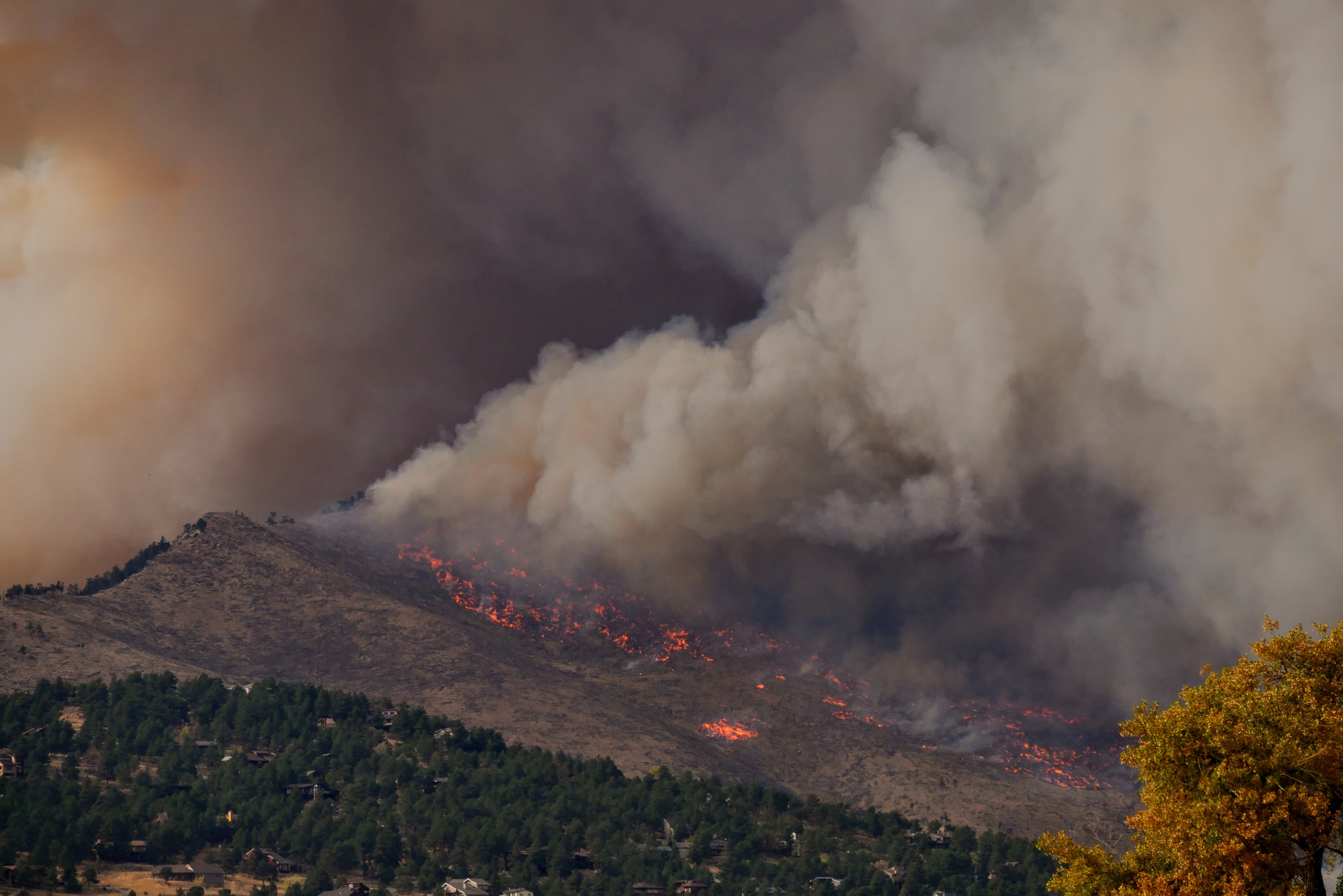How the Threat of Wildfires Plays a Role In Natural Hazard Disclosure Reports

Among the many items that are included on a Natural Hazard Disclosure Report, few gain greater attention from homeowners than very high fire hazard severity zones and woodland fire areas.
This is especially true in recent years, as the number and intensity of California wildfires seems to have increased significantly in recent years. Of the 12 most destructive wildfires in California’s history, half took place in 2020 or later. And eight of the 10 largest wildfires in the Golden State have occurred since December 2017.
As such, evaluating the threat a property faces from wildfires is a critical element of an NHD report, providing important information for potential buyers.
Understanding Wildfire-Related Elements On NHD Reports
The Natural Hazard Disclosure Report can cover multiple wildfire-related elements as part of a broader report that also addresses threats like earthquakes, flood hazards and more.
The Fire Severity section of the NHD report looks at the potential severity of wildfires that might affect the property. Different types of terrain and vegetation are affected differently by wildfires, and as such, Fire Hazard Severity Zones are labeled as either moderate, high or very high. Over 10 million acres under the responsibility of the state are designated as high risk, while nearly 17 million acres are designated as very high risk. Keep in mind that these numbers only refer to areas under state responsibility, and don’t include local or federal responsibility areas.
NHD reports also indicate whether a property is located in a wildland fire zone. Areas where urban development borders undeveloped land experience different types of fire hazards than properties in a completely urban environment. Vegetation and other factors can increase the risk of severe fire damage for properties located in wildland fire zones.
With this information in mind, an NHD report will also disclose whether a property is compliant with California Assembly Bill 38, which requires homeowners in high and very high fire severity zones to create a “defensible space” around their property. Homeowners must obtain documentation of compliance with AB 38 after an inspection.
At its most basic level, the Natural Hazard Disclosure gives you an easy to understand report regarding the overall fire risk for your property so you can feel comfortable with your real estate decisions.
Wildfire Threat and Insurance
Aside from the risk to life and property posed by wildfires, obtaining wildfire threat information in a Natural Hazard Disclosure Report is important for homeowners as they try to obtain insurance coverage for their property.
While wildfire damage is typically included as part of homeowners insurance, some insurers may not provide coverage to properties in areas with an exceptionally elevated risk of wildfires. In addition, insurers tend to have strict requirements for creating a defensible space before they are willing to insure many homes in these areas.
In some cases, homeowners who are unable to obtain traditional insurance coverage must instead turn to the California FAIR Plan, which offers a temporary solution until a homeowner can make their property eligible for conventional insurance coverage. The California FAIR Plan typically has much higher premiums and lower coverage limits than traditional insurance.
As such, the information contained in an NHD Report (particularly the notice of whether a property is currently AB 38 compliant) can become an important part of the decision-making process. Homes in high and very high fire hazard severity zones will be much more expensive to insure — especially if you need to temporarily use the California FAIR Plan while updating your property to qualify for traditional insurance coverage.
The ongoing costs associated with living in a high risk zone should naturally play an important role in your buying decisions.
Go More In-Depth
While the standard information found on an NHD report can give property owners a general idea of their wildfire risk, these reports don’t always give the full picture. That’s why SnapNHD is proud to offer an innovative new Wildfire Disclosure Report, powered by Fortress Fire.
This wildfire report is designed to provide property-specific information, using advanced satellite imagery, historic fire data, advanced physics models and machine learning to create extremely detailed assessments. Not only do these reports identify specific areas of concern for each property, but they also provide lists of recommended mitigating actions with associated cost estimates for each step.
This level of data powered by machine learning can give you greater confidence that you’re taking the appropriate protective measures for your property.
With this information in hand, homeowners can ensure that their new property is compliant with insurance and state requirements — or they can determine that a property has too great of a risk to for their family.
Be Prepare for Wildfire Hazards
Whether you opt for a standard NHD report or a more detailed Wildfire Disclosure Report, having a better understanding of a property’s wildfire threat will give you much-needed peace of mind in your home buying journey.
These reports can also be beneficial in helping with home hardening efforts for your current home. With a better understanding of specific risk factors for your property, you can begin taking the necessary steps to make your home more fire resistant.
The threat of wildfires can be found across the state, with hundreds of thousands of homes at risk in Los Angeles County, Sacramento County and elsewhere. Understanding your risk will help you take steps to better protect what matters most, whether you’re considering buying a new property or looking to make your current space more fire resistant.

